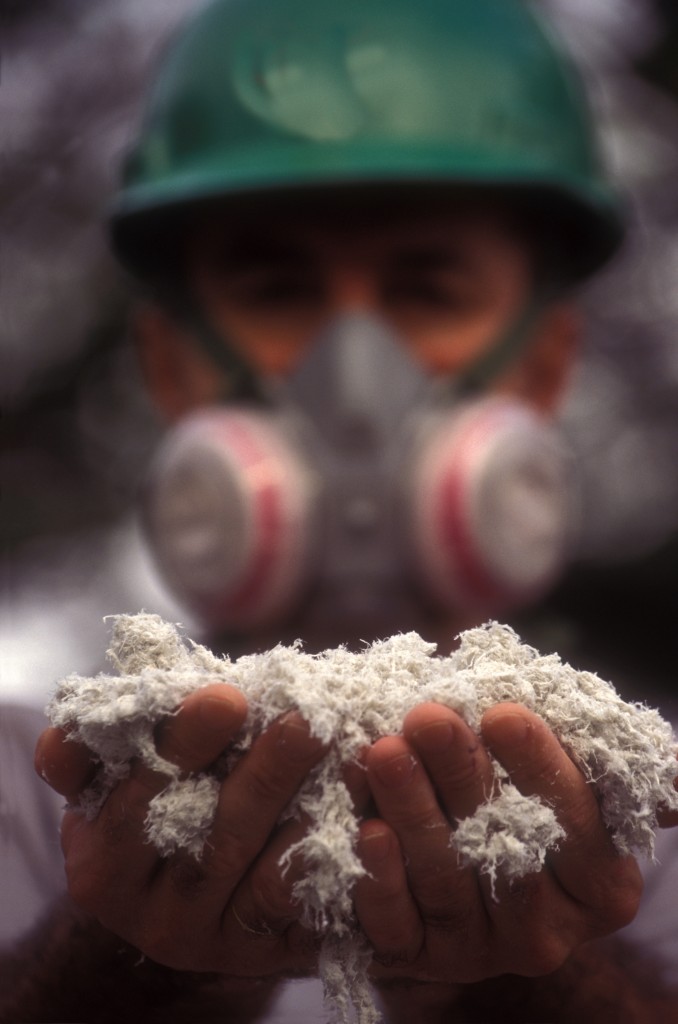Asbestos Exposure
Asbestos is a naturally occurring mineral fiber that was used widely for fireproofing and insulation mainly until the 1970s. Despite being largely phased out, countless numbers of Americans continue to suffer the serious, and often deadly, health effects of asbestos exposure. When breathed in, asbestos can cause asbestosis, lung cancer and mesothelioma.
As a result, asbestos-related litigation has been one of the largest challenges to address. Congress has tried to address asbestos exposure lawsuits for the last several years, but has been unable to reach compromise between opposing sides.
Many have criticized asbestos exposure lawsuits, questioning how people continue to suffer asbestos-related illnesses when asbestos use was largely phased out in the 1970s, but there is a long latency period between asbestos exposure and disease onset in many cases. In addition, the use of asbestos was widespread, affecting a high number of workers and their families unknowingly when they brought the asbestos dust home.
Asbestos Containing Materials/Products
Materials containing asbestos were widespread before experts realized the naturally occurring mineral fiber was carcinogenic. By the time the Environmental Protection Agency and the Consumer Product Safety Commission banned several asbestos-containing materials, a high number of workers, communities and families had already been exposed to the dangerous fibers.
Asbestos can be found in:
- pipe and furnace insulation materials;
- cement shingles, siding and roofing;
- resilient floor tiles;
- backing on vinyl sheet flooring and floor tile adhesives;
- soundproofing or decorative material;
- patching and joint compound; and
- automotive brake pads and linings, clutch facings and gaskets.
More than 300,000 asbestos-related claims are now pending, according to a RAND Institute study, because of allegations that asbestos exposure resulted in death and illness.
Asbestos and Mesothelioma
Mesothelioma is a form of lung cancer almost always caused by asbestos exposure. Within a year or so of becoming diagnosed, a patient can die from the incurable disease. The 15 to 50 year latency period from asbestos exposure to onset has meant the number of people that will continue being diagnosed with the illness is expected to rise over the next couple decades. In the U.S. alone, 2,500 to 4,000 patients are diagnosed with mesothelioma every year.
Some experts have predicted the number of mesothelioma cases in the U.S. will increase for another couple decades. Many occupational settings, as well as public buildings, schools, homes and offices continue to present asbestos hazards even today.
Types of Mesothelioma
Mesothelioma is an incurable, rare form of cancer that can be extremely painful. The only known cause of mesothelioma is asbestos exposure. There are several major types of mesothelioma in the malignant form, including epithelial, sarcomatoid and mixed. Of the three malignant types of mesothelioma, epithelial is the most common.
Because a mesothelioma diagnosis can be so grim, it is important to identify the types of mesothelioma present in order to try to treat it as quickly as possible. Diagnoses, however, can be extremely difficult since different symptoms of different types of mesothelioma are often mistaken for less serious ailments. For people at-risk for developing different types of mesothelioma, it is important to notify their doctors of their asbestos exposure so that he/she is able to identify any possible signs, which can include respiratory distress, lasting cough and pneumonia.
Contact Our Attorneys
If you or a loved one have suffered asbestos exposure, compensation may be available to you. Contact our attorneys today for your free case evaluation and learn about your legal options. There is no obligation.

